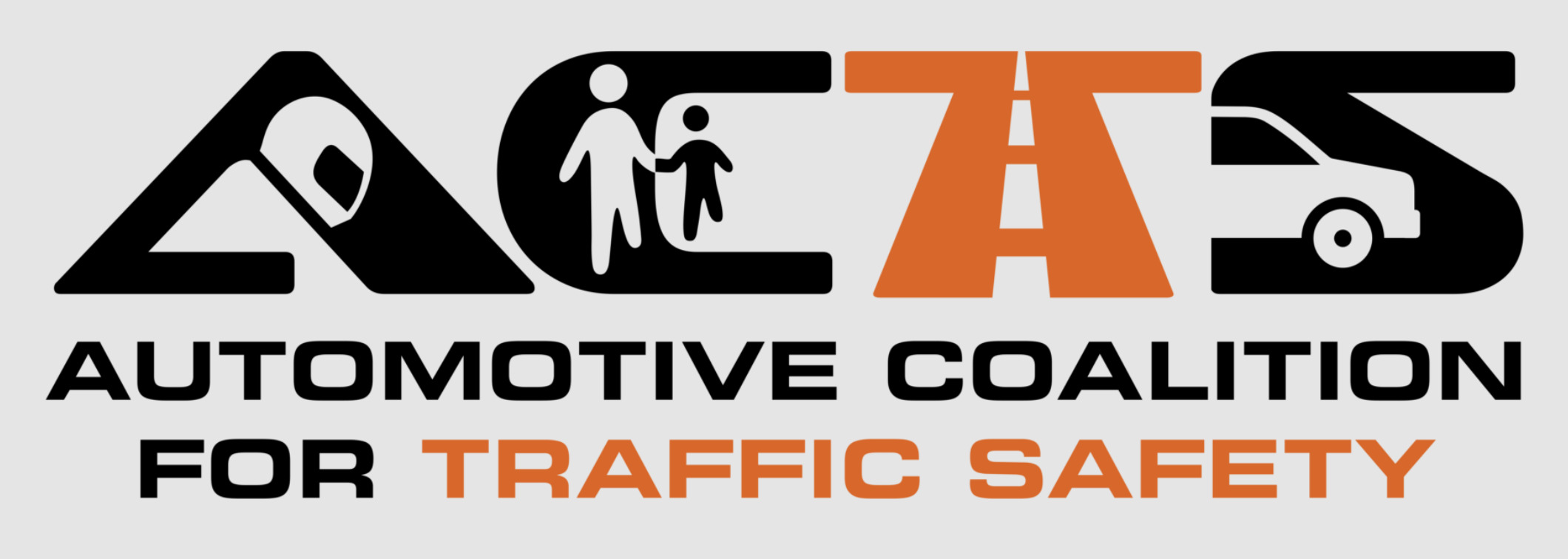“Today’s notice from NHTSA is a positive development that is welcomed by the DADSS Program,” said Rob Strassburger, CEO of the Automotive Coalition for Traffic Safety. “We share the desire to commercialize technologies to prevent drunk driving as soon as possible, and remain laser focused on delivering sensors that maintain the highest levels of accuracy, precision and reliability while also protecting consumer privacy.”
“We look forward to reviewing the proposal closely and remain confident the DADSS technology will remain high among those considered for widespread commercial use.”
After years of successful research, the DADSS Program has developed two technologies – a breath system, and a touch system, that are designed to measure and precisely quantify blood alcohol concentration (BAC) in drivers and prevent a vehicle from moving. The Program is currently completing the necessary testing to ensure the technologies are fast, accurate, and reliable before being introduced to consumers.
A first-generation breath sensor was released in December 2021. This directed-breath, zero tolerance system is currently in trial deployments in fleets such as Schneider National, a provider of transportation and logistics. The first commercial products with the directed-breath system were made available in 2023.
A second-generation, passive breath sensor is currently under development and is on target for completion by the end of 2025. This passive system is intended for widespread deployment in consumer vehicles.
The current timeline for a fully passive breath sensor to be made available to product integrators is 2024-2025, with the touch sensor’s timeline yet to be determined. For more information on the technology’s timeline, click here.
